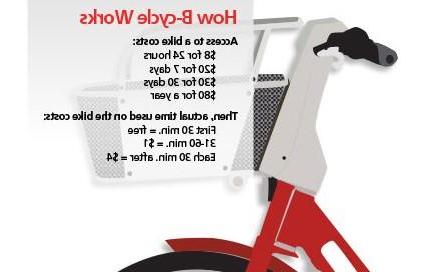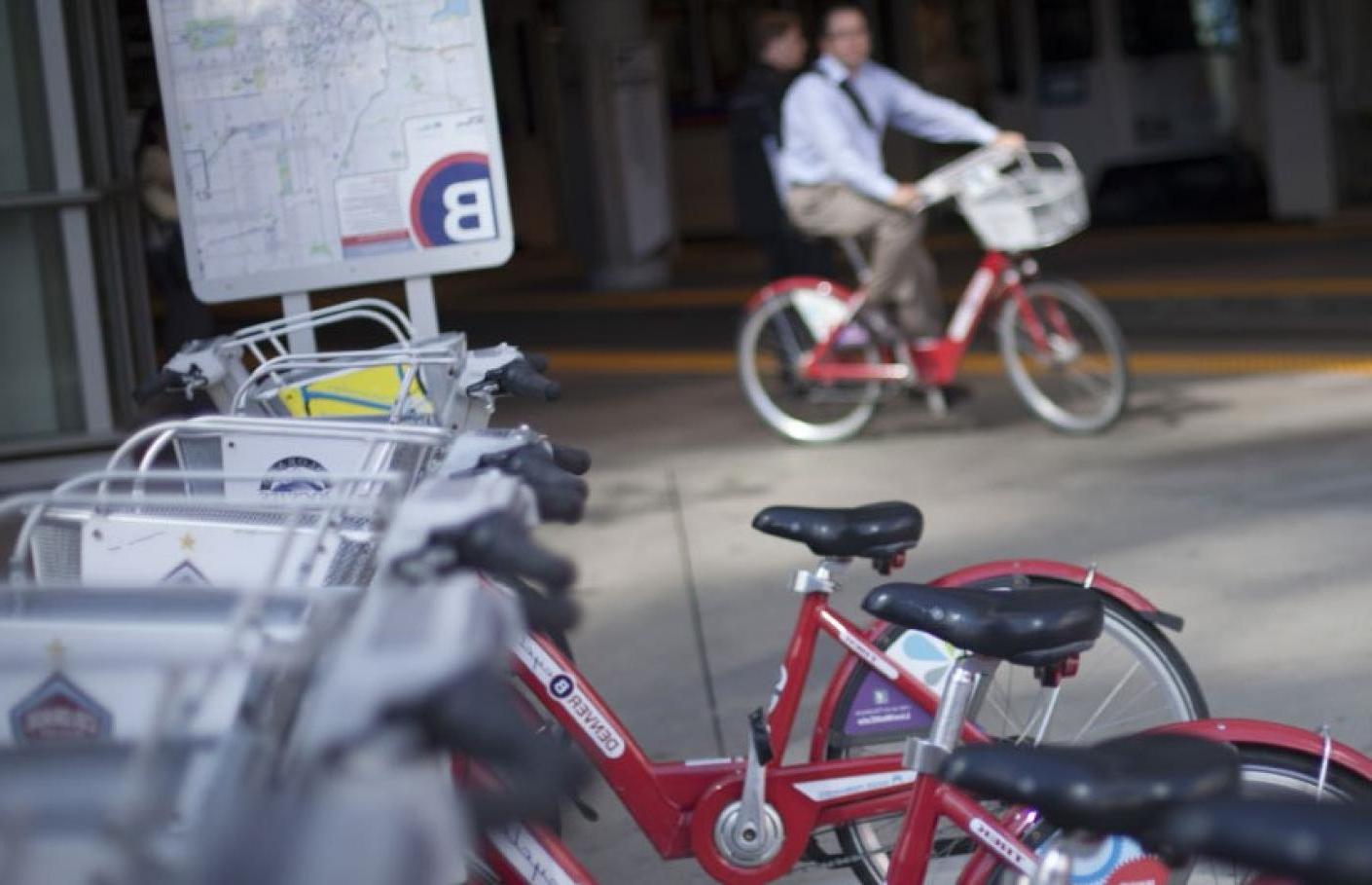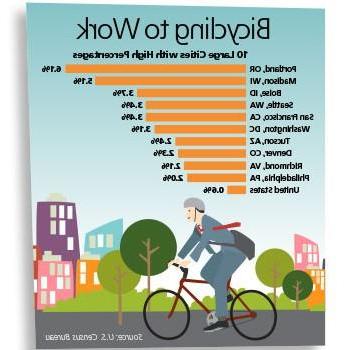
By serving Coloradans who have less power, privilege and income, and by prioritizing Coloradans of color, we keep equity at the heart of our work to bring health in reach.

EDITOR'S NOTE: Those clunky-fun red bikes with the silver baskets have quickly become one of the most visible symbols of urban revitalization and healthy living in Colorado. B-cycle grew out of a brainstorm to get visitors at the 2008 Democratic National Convention in Denver to move around downtown on loaner bikes. The bike party never stopped, and enthusiasts like executive director Nick Bohnenkamp have built B-cycle into a thriving, multimillion dollar nonprofit. Health Elevations sat down with Bohnenkamp to talk B-cycle’s origins, growth and new challenges.
To us, it’s about more mobility options. When you think about why it’s needed, Denver is still fairly car-centric. It’s still cheap to park downtown. When you talk about things like active living, bike sharing fits right in. When you talk about first and last mile connections to RTD stops, for instance, bike sharing fits right into that model. It sort of fills in the niches in public transportation or people’s personal lives.
When we originally launched, we thought it would be largely a commuter-based system. Now that we’ve been operating for four-plus years, we see at least two very different user types. We have about 4,000 annual members who use the system mostly for commuting purposes, and we see that in the Monday through Friday ride patterns. Their rides spike morning, afternoon and lunch rush-hour periods. We have a second user type: the casual user – the person who buys a 24-hour access pass at the kiosk. This is somebody who might use it for a recreational ride from REI to the Cherry Creek Mall; they might use it as a utilitarian form of transportation to get to a Rockies game, for instance. And we have people who flat out use it as a work break – pop out for a 20-minute ride and come back to work re-energized.
Operational funding – our budget is roughly $1.4 to $1.5 million a year to operate. All of that comes from a three-legged stool: membership fees, usage fees and that third leg is the sponsorship fees we generate by associating people’s logos with bikes and our stations. Grants would be a fourth leg. In 2013 and 2014, we won a grant from Kaiser to do some research and programming, and to sustain us when we didn’t know how the growth would bring in enough revenue. In the first couple of years, we found at least half of operational funding came from sponsorship revenue. As we’ve grown, and in particular in 2013, that was the first year when membership revenue outpaced sponsorship revenue.

When we launched, we thought we might generate 5,000 memberships in the first year. But we had 1,700, while we had a surge in the casual user. We over anticipated membership and underestimated the importance of the casual-user revenue. Because most of the fees come from casual members, it helps us with cash flow throughout the year and shows us how important that casual base is. That was a pleasant surprise and something we’ve learned to market to. One thing we’ve learned through ZIP code analysis is that about half of our casual-user base comes from out of state; we have a large number of tourists who use the system throughout the year. So it’s apparently a great way for people who don’t live in Denver and maybe don’t want to rent a car to get around.
We planned our system based on things like residential density, population density, co-location with transit. Initially it’s about getting a system that’s going to be financially stable. But to address those criticisms, a couple of things happened: One is our founding funder, Kaiser, was generous to also fund a two-year grant; first phase is a research phase we are wrapping up to study barriers of entry from low-income populations, minority populations and understand the things we can do to program or develop a more diverse ridership base. So in 2014 and 2015, we’ll work on how to program a more inclusive system, whether that’s working on a reduced membership price, working more with the unbanked, working to reduce cultural stigmas surrounding biking and increasing the safety aspects of biking in Denver.
I think the first phase of research has shown us some things we can work on. We’ve been working with Denver Housing Authority to provide free memberships to people in low-income housing. They have social workers on-site who can identify people in need who might also be a good fit for our program. Denver Housing Authority has also helped provide us capital for stations near some of their new developments, such as 1099 Osage. And we have about 160 members in that subsidized program with them. We want to open it up to a larger public and program it in a larger way, where anyone who makes X amount of dollars or less, or anyone that lives in a certain area, can have access to our system at a largely reduced rate.

There are a lot of good things happening already. We see a lot of high-density housing units going in. That ultimately is great for our system. You need a large group of people to justify what is, in our case, essentially a $50,000 piece of equipment going into the ground. Second, the city and Denver Public Works are being very progressive with plans like Denver Moves, getting people to use anything other than cars; looking at the right of way as spaces to move people. We have permitted, and we will be installing, our first bike-share station in a street, below the curb. Until now, all of our stations were above the curb, between the sidewalk and street.
If you think about where bike sharing fits well – high-density urban areas – that’s also the place where right of way space is most competitive: trees, benches, bus stops – all above curb. So the ability to go below curb and potentially take some parking for bike sharing is very progressive. So kudos to Public Works for allowing that.
This article was originally published in the Summer 2014 issue of Health Elevations.